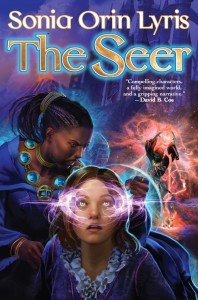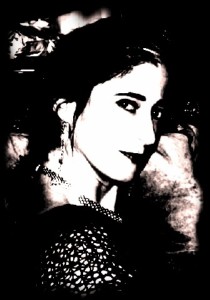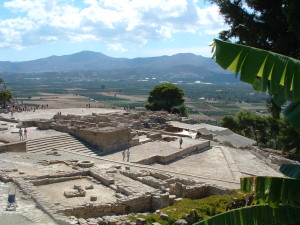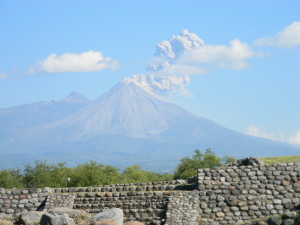No matter the genre or the plot, every story needs memorable characters. Characters are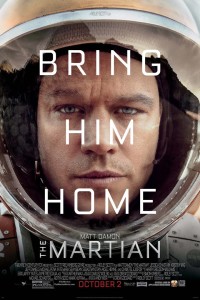 the reason readers keep coming back to a particular story or a series. Characters sell books and movies. A current example is The Martian. In this story, Andrew Watney struggles to survive (man versus nature) after he is presumed dead while others struggle to save him. He is quintessentially smart, stubborn, witty, yet emotional. We like him, we cheer for him.
the reason readers keep coming back to a particular story or a series. Characters sell books and movies. A current example is The Martian. In this story, Andrew Watney struggles to survive (man versus nature) after he is presumed dead while others struggle to save him. He is quintessentially smart, stubborn, witty, yet emotional. We like him, we cheer for him.
What traits do characters need to be memorable?
We’ve all been schooled in what makes a character great, and numerous books and blogs have been written on how to develop character. Character development includes backstory, key external qualities (appearance, clothing, etc), value systems and life philosophy, habits, opinions, and flaws. Once all this work is done, the question remains: Is the character you’ve created memorable?
What makes a character memorable?
Is it a quintessential trait? I’ve read many thriller series and cozy mysteries where I felt 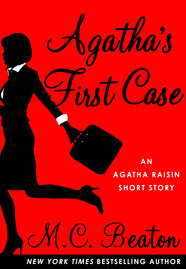 that the characters weren’t very deep or complex. Some are very
that the characters weren’t very deep or complex. Some are very 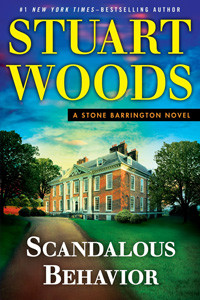 superficial. Yet, they are exceedingly popular. Why? Because the author focused on quintessential traits. Every time I pick up one of those books, I know who to expect and what to expect. Sometimes these character are endearing, sometimes frustrating but always, they are consistent in their quirks, their approach to life, their heroics, their dedication, and in their flaws.
superficial. Yet, they are exceedingly popular. Why? Because the author focused on quintessential traits. Every time I pick up one of those books, I know who to expect and what to expect. Sometimes these character are endearing, sometimes frustrating but always, they are consistent in their quirks, their approach to life, their heroics, their dedication, and in their flaws.
Perhaps it’s the world that makes a character memorable.
That world maybe the present. People coping with hardships that we can relate to or 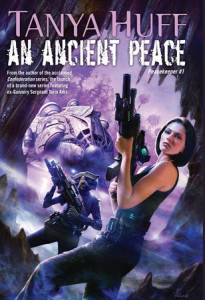 understand in our society makes it easy for readers to engage with. Here, characters find themselves in worlds which blend the fantastic with the present, like in the superhero and urban fantasy genres. Other readers need to have those dramas played out on other worlds in fantastic settings. In
understand in our society makes it easy for readers to engage with. Here, characters find themselves in worlds which blend the fantastic with the present, like in the superhero and urban fantasy genres. Other readers need to have those dramas played out on other worlds in fantastic settings. In 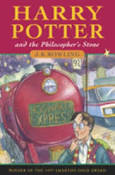 these science fiction or fantasy worlds, readers become explorers and how key characters function in these worlds grabs the imagination and makes the entire milieu memorable. The Martian, Harry Potter, and The Lord of the Rings, and Tanya Huff’s latest series Peacekeeper, are examples of this.
these science fiction or fantasy worlds, readers become explorers and how key characters function in these worlds grabs the imagination and makes the entire milieu memorable. The Martian, Harry Potter, and The Lord of the Rings, and Tanya Huff’s latest series Peacekeeper, are examples of this.
Or, are characters made memorable because of who we are at the time we experience a character in book, theatre, or film?
Which character we resonate with may be determined by: our life stage (child, teen or parent, senior), our personal fears about the present or future, current world politics,  personal hardships, or our fascination with the future or imagined worlds. Thus, our personal psychology and needs determine what we engage with and what satisfies our entertainment need at any given time. There are times when I want a comedy, mystery, or fantasy world to escape into and not a horror story where people are hurting others, no matter how engaging or memorable that story and its characters may be. There are adults who refuse to read a young adult or middle grade book, no matter how popular the characters are. Others will read only literary genre dramas because they can’t fathom the characters created in any fantasy.
personal hardships, or our fascination with the future or imagined worlds. Thus, our personal psychology and needs determine what we engage with and what satisfies our entertainment need at any given time. There are times when I want a comedy, mystery, or fantasy world to escape into and not a horror story where people are hurting others, no matter how engaging or memorable that story and its characters may be. There are adults who refuse to read a young adult or middle grade book, no matter how popular the characters are. Others will read only literary genre dramas because they can’t fathom the characters created in any fantasy.
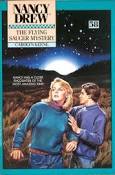 For some of us, the greatest impact a character can have is when we experience him in our childhood and teen years. Harry Potter is the quintessential wizard for many, while Merlin is for others. For me, Nancy Drew and her ability to solve mysteries grabbed my imagination when I was eleven and I’ve loved mysteries ever since. It is debatable if she’s a well-written character or not, but for an eleven year old, she is certainly memorable for her sleuthing and heroics.
For some of us, the greatest impact a character can have is when we experience him in our childhood and teen years. Harry Potter is the quintessential wizard for many, while Merlin is for others. For me, Nancy Drew and her ability to solve mysteries grabbed my imagination when I was eleven and I’ve loved mysteries ever since. It is debatable if she’s a well-written character or not, but for an eleven year old, she is certainly memorable for her sleuthing and heroics.
Because of all these factors, different characters resonate with us. Memorable characters aren’t necessarily the protagonist, for they can also be a secondary character, a villain, or a minor character,
This month, join us and our guests as we explore memorable characters from movies, books, and comics. Many of these characters have inspired us to create our own memorable characters and hopefully, our inspirations will inspire you.

